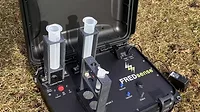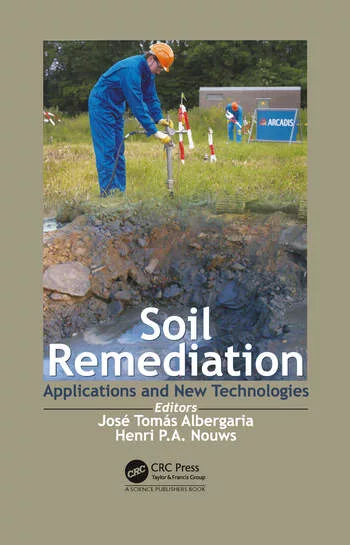EPA launches new PFAS analytics tools
The data included in the PFAS Analytic Tools have a wide range of location-specific data for 'forever chemical' measurements.
.webp?t=1674043769)
Texas A&M AgriLife photo by Laura McKenzie
On Thursday, the EPA publicly launched PFAS Analytic Tools, with updates to data sources and additional datasets slated for inclusion in the future. It brings multiple sources of information together in one database with mapping and other functions, allowing the public to see where testing was done and what was detected.
The agency is compiling and integrating a collection of data that can be used to evaluate what is known about per- and poly-fluoroalkyl substances (PFAS) manufacture, release, and occurrence in communities. As part of this effort, EPA is integrating data available nationally with other information from states, Tribes, and localities that are testing for PFAS pursuant to their own regulatory or voluntary data collection initiatives. The data included in the PFAS Analytic Tools have a wide range of location-specific data and, in general, are based on national scope, and readily accessible, public information repositories.
Because much of the data included here are not required to be reported nationally, users should not make conclusions regarding the relative level of PFAS occurrence between different cities, counties, states, territories, Tribal lands, or other areas of jurisdiction. Areas that are more widely testing and reporting occurrences of PFAS will generally have more data than areas collecting or reporting to a lesser extent (or in some cases, not at all). Users should also be aware that many datasets include entries where sampling has been conducted yet no PFAS have been detected – which allows a better understanding of where sampling has taken place.
Most of the resources referenced on this page have been downloaded or transferred from public information repositories. Where useful information is not readily accessible from identified information sources, static files and hyperlinked references may be presented so that users can retrieve, review, and possibly incorporate this information. As EPA, states, and Tribes accelerate efforts to collect and share PFAS data, the amount of information within these files will continue to increase – leading to a more complete picture of PFAS occurrence.
Please visit EPA's PFAS Analytic Tools frequently asked questions page to learn more.
Site users are invited to suggest additions and edits to this webpage and/or the EPA-maintained tools by emailing spalt.nicholas@epa.gov.
Using the PFAS Analytic Tools
The PFAS Analytic Tools can be accessed here.
PFAS Analytic Tools
Details on how to use the tool can be found in the PFAS Analytic Tools Users' Guide (PDF) (6 p, 628 KB)
Contact EPA to ask a question, provide feedback, or report a problem.





